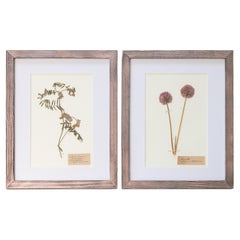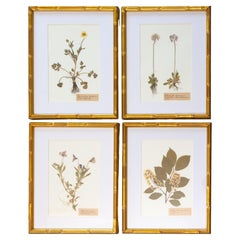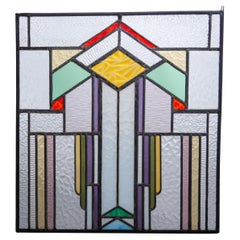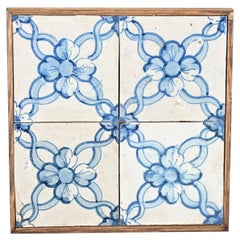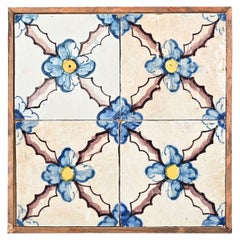Glass Decorative Art
1910s Swedish Vintage Glass Decorative Art
Glass, Wood, Giltwood, Paper
1910s Swedish Vintage Glass Decorative Art
Linen, Cut Glass, Wood, Giltwood
18th Century Portuguese Other Antique Glass Decorative Art
Ceramic, Clay, Pottery, Glass, Wood
1930s Belgian Art Deco Vintage Glass Decorative Art
Art Glass
18th Century Portuguese Other Antique Glass Decorative Art
Ceramic, Clay, Pottery, Glass, Wood
18th Century Portuguese Other Antique Glass Decorative Art
Clay, Pottery, Glass, Wood
18th Century Portuguese Other Antique Glass Decorative Art
Ceramic, Clay, Pottery, Glass, Wood
1990s American Glass Decorative Art
Metal
Mid-20th Century French Mid-Century Modern Glass Decorative Art
Wicker, Cane, Rattan, Mirror
Early 19th Century British Georgian Antique Glass Decorative Art
Glass, Wood, Giltwood, Paper
21st Century and Contemporary Polish Minimalist Glass Decorative Art
Stainless Steel
1930s French Art Deco Vintage Glass Decorative Art
Metal, Brass
18th Century Portuguese Other Antique Glass Decorative Art
Ceramic, Clay, Pottery, Glass, Wood
Early 20th Century English Victorian Glass Decorative Art
Brass
1830s French Louis Philippe Antique Glass Decorative Art
Metal
1910s Swedish Vintage Glass Decorative Art
Linen, Cut Glass, Wood, Giltwood
1940s French Vintage Glass Decorative Art
Glass, Oak, Paper
21st Century and Contemporary Polish Organic Modern Glass Decorative Art
Stainless Steel
20th Century French Mid-Century Modern Glass Decorative Art
Ceramic, Glass
19th Century Unknown Antique Glass Decorative Art
Glass, Paper
21st Century and Contemporary Polish Minimalist Glass Decorative Art
Stainless Steel
21st Century and Contemporary Polish Organic Modern Glass Decorative Art
Stainless Steel
Early 20th Century Dutch Organic Modern Glass Decorative Art
Glass, Wood, Paper
21st Century and Contemporary Polish Minimalist Glass Decorative Art
Stainless Steel
21st Century and Contemporary Polish Minimalist Glass Decorative Art
Stainless Steel
21st Century and Contemporary Polish Organic Modern Glass Decorative Art
Stainless Steel
21st Century and Contemporary Polish Minimalist Glass Decorative Art
Stainless Steel
20th Century American Mid-Century Modern Glass Decorative Art
Glass, Paper
21st Century and Contemporary Polish Minimalist Glass Decorative Art
Stainless Steel
Mid-20th Century American Mid-Century Modern Glass Decorative Art
Brass
20th Century American American Classical Glass Decorative Art
Glass, Hardwood, Paper
20th Century French Glass Decorative Art
Glass, Plaster, Wood, Paper
1960s American Mid-Century Modern Vintage Glass Decorative Art
Lead
Early 20th Century American Art Deco Glass Decorative Art
Glass, Wood, Paper
21st Century and Contemporary Polish Organic Modern Glass Decorative Art
Stainless Steel
Early 1900s English Art Nouveau Antique Glass Decorative Art
Stained Glass
21st Century and Contemporary Polish Organic Modern Glass Decorative Art
Stainless Steel
21st Century and Contemporary Polish Minimalist Glass Decorative Art
Stainless Steel
21st Century and Contemporary Polish Minimalist Glass Decorative Art
Stainless Steel
Early 19th Century French Neoclassical Antique Glass Decorative Art
Glass, Giltwood
21st Century and Contemporary Polish Minimalist Glass Decorative Art
Stainless Steel
21st Century and Contemporary Polish Organic Modern Glass Decorative Art
Stainless Steel
Late 20th Century Renaissance Glass Decorative Art
Glass, Mahogany
21st Century and Contemporary Polish Minimalist Glass Decorative Art
Stainless Steel
Mid-20th Century American Mid-Century Modern Glass Decorative Art
Ceramic, Glass, Art Glass
Late 18th Century French Louis XVI Antique Glass Decorative Art
Metal
Early 20th Century Dutch Arts and Crafts Glass Decorative Art
Brass
Early 19th Century English Early Victorian Antique Glass Decorative Art
Glass, Oak
19th Century Dutch Dutch Colonial Antique Glass Decorative Art
Mother-of-Pearl, Glass, Giltwood, Paint
Early 20th Century European Arts and Crafts Glass Decorative Art
Majolica, Mirror, Oak
1930s American Art Deco Vintage Glass Decorative Art
Glass, Wood, Paper
1990s American American Classical Glass Decorative Art
Glass, Wood, Paper
18th Century Italian Rococo Antique Glass Decorative Art
Gold Leaf
1980s American American Classical Vintage Glass Decorative Art
Glass, Wood, Paint, Paper
1970s Chinese Chinoiserie Vintage Glass Decorative Art
Silk, Glass, Wood
18th Century Italian Rococo Antique Glass Decorative Art
Gold Leaf
1960s Czech Mid-Century Modern Vintage Glass Decorative Art
Straw, Glass, Wood
1960s Dutch Mid-Century Modern Vintage Glass Decorative Art
Stone
21st Century and Contemporary Polish Minimalist Glass Decorative Art
Stainless Steel
21st Century and Contemporary Brazilian Glass Decorative Art
Straw, Glass, Wood
Read More
At Colonial Williamsburg, Everything Old Is New Again
With the help of a new director, the Virginia institution's folk art and decorative arts museums are undergoing extensive upgrades.
New York’s Hirschl & Adler Showcases the American Workmanship and Design Panache of Neoclassical Treasures
The gallery's latest exhibition proves that museum-quality pieces entice and inspire, whether in traditional or more modern interiors.
